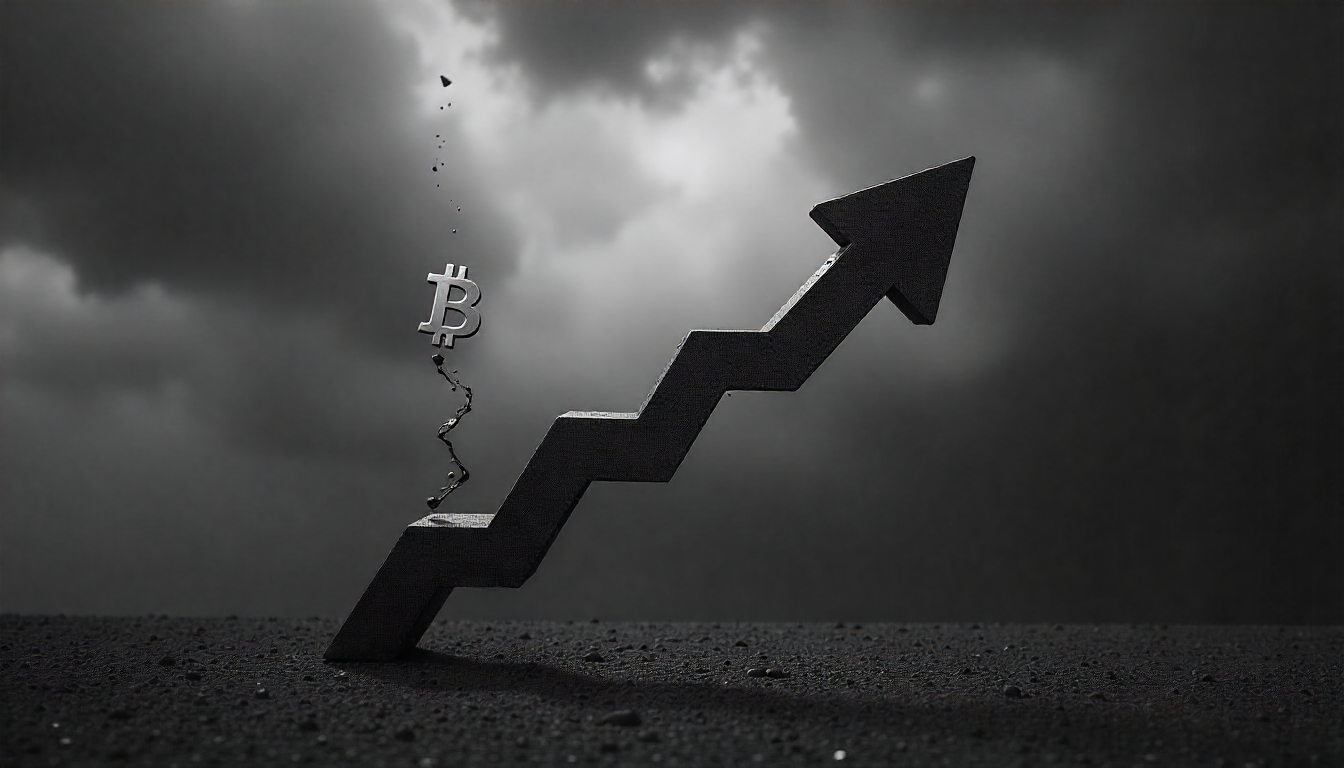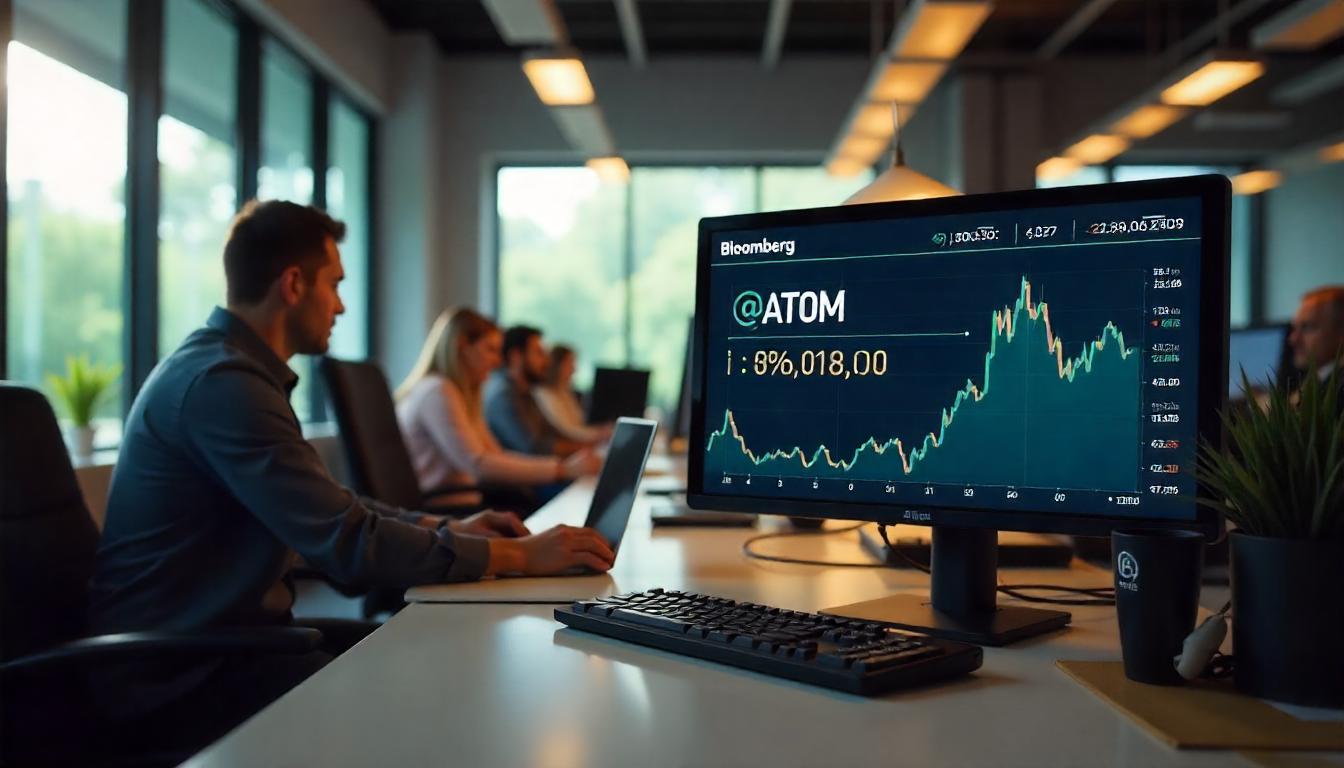Bitcoin’s Long-Term Bullish Tone Dims as Options Market Turns Cautious Amid Inflation Concerns
The long-term bullish outlook for Bitcoin is fading, as options market dynamics reflect growing uncertainty about the macroeconomic landscape. A key sentiment gauge—the 180-day skew—has flipped to neutral, signaling that traders are no longer pricing in strong upside for BTC over the coming months.
The skew, which measures the difference in implied volatility between out-of-the-money calls and puts on Deribit, has fallen to zero, according to data from Amberdata. This shift suggests a broad cooling in investor expectations, just as some analysts begin to warn of a potential bear market emerging in 2026.
Options Sentiment Mirrors 2022 Patterns
According to Griffin Ardern, head of options trading and research at BloFin, the last time such a reset occurred was during the early stages of the 2022 bear market.
“We’re seeing a clear breakdown in long-term bullish sentiment,” Ardern told CoinDesk. “The far-month options no longer reflect confidence in a sustainable uptrend or the potential for new highs. The market’s tone is decisively neutral now.”
Skew trends help interpret positioning: a positive skew signals higher demand for calls—indicating bullish sentiment—while a flat or negative skew suggests rising demand for downside protection via puts.
Structured Products May Be a Factor
The shift may also be partially technical. Structured products that involve selling higher-strike calls to generate yield—commonly known as covered call strategies—have become more popular. These products exert downward pressure on call option premiums, reducing call-side implied volatility and contributing to the flattening of the skew.
Macro Pressures Weigh on BTC
Bitcoin has struggled recently, falling over 4% last week and briefly testing support near $11,965. The decline followed the release of June’s core PCE inflation data, which showed a surprise uptick, alongside weaker-than-expected nonfarm payrolls—both of which stoked fears of persistent inflation and a slowing economy.
This has also pushed short-term skews negative, signaling growing demand for puts as traders hedge against further downside.
Ardern noted that the inflationary effects of global supply disruptions are becoming more visible in the data. “While declining car prices softened the latest CPI report, tariffs and supply chain friction—especially from the Pacific—are now impacting retailers,” he said. “Price increases may be delayed, but they’re coming.”
Tariff Risks and Fed Policy
JPMorgan recently projected global core inflation to rise to an annualized 3.4% in H2 2025, driven largely by tariffs reintroduced under former President Donald Trump. These pressures are expected to be particularly acute in the U.S.
With inflation reaccelerating, the Federal Reserve may be forced to delay any potential rate cuts. Trump has criticized the Fed’s 4.25% policy rate, arguing it’s hurting growth, but persistent inflation may leave little room for easing.
Market Eyes Key Data Releases
Traders are now focused on a slate of upcoming economic reports that could offer fresh clues on inflation trends. Tuesday’s ISM non-manufacturing PMI will provide a read on services-sector inflation, followed later in the week by the July CPI and PPI reports—both closely watched indicators for Fed policy.
Outlook: Neutral Stance May Hold
Until inflation shows signs of retreating or the Fed signals a policy shift, Bitcoin’s options market is likely to remain in neutral territory. The fading of long-term bullish sentiment may reflect broader caution in the face of tightening financial conditions and an uncertain global backdrop.





